当前位置:网站首页>Redis delete policy
Redis delete policy
2022-07-06 02:26:00 【Flying rookie uncle】
One 、 Deletion policy
1. Expired data
- stay redis Medium , Data with expiration time set
- When a data expires , It will not be deleted from memory immediately
- Data storage form : Maintained a value And the corresponding expiration time

2. Deletion policy
- The deletion strategy refers to targeting expires Operate in the area
- I'm sure it won't happen because of a lot of expire, Crush the server
2.1 Delete regularly
# 1. Realization way
Create a timer , When key When there is an expiration time , Time is up. , The timer task will be executed immediately
take expires Areas and k-v Areas are deleted
# 2. Advantages and disadvantages
advantage : To save memory
shortcoming :cpu pressure , There is no way at this time cpu How high is the load , Will occupy cpu To release , influence redis Throughput
2.2 Lazy deletion
# 1. Realization way
After the data has expired , It's not going to be deleted immediately
Wait until the next time the data is accessed ,redis Will delete the data , And return the value as nil
# 2 Advantages and disadvantages
advantage : save cpu Resources for
shortcoming : There may be a lot of , Unattended data will always be stored on the server
2.3 Delete periodically
# 1. Realization way
Every second, I will check redis Poll the data of each library in
Polled data , Randomly delete some expired data
If the ratio of randomly deleted data to rotation training data exceeds a certain value , Continue polling for deletion
Two 、 Eviction strategy
- If no expiration time is set for all data , Then the data will always be saved
- If too much data is stored , Then there will be redis Out of memory problem
- The eviction strategy is aimed at this problem
- New data enters redis in , If there is not enough memory , Will eject the algorithm many times . If it still fails , Will appear OOM error
1 Detect volatile data
- That is, data that may expire
1. volatile-lru: least recently used: Recently, the least used data has been eliminated
2. volatile-lfu:least frequently used: The data that has been used least recently is eliminated
3. volatile-ttl: Data that is about to expire will be eliminated
4. volatile-random: Randomly selected data
2 Full database data
1. volatile-lru: least recently used: Recently, the least used data has been eliminated
2. volatile-lfu:least frequently used: The data that has been used least recently is eliminated
3. volatile-random: Randomly selected data
3 Abandon data drive
noeviction: Exclusion data , May trigger OOM
The default configuration
4. Configuration mode
- redis.conf Configuration in file
maxmemory-policy noeviction
边栏推荐
- 有没有sqlcdc监控多张表 再关联后 sink到另外一张表的案例啊?全部在 mysql中操作
- 模板_快速排序_双指针
- Advanced technology management - what is the physical, mental and mental strength of managers
- Know MySQL database
- Template_ Find the reverse pair of permutations_ Sort based on merge
- 继承的构造函数
- This time, thoroughly understand the deep copy
- 2020.02.11
- 数据准备工作
- Online reservation system of sports venues based on PHP
猜你喜欢

【社区人物志】专访马龙伟:轮子不好用,那就自己造!
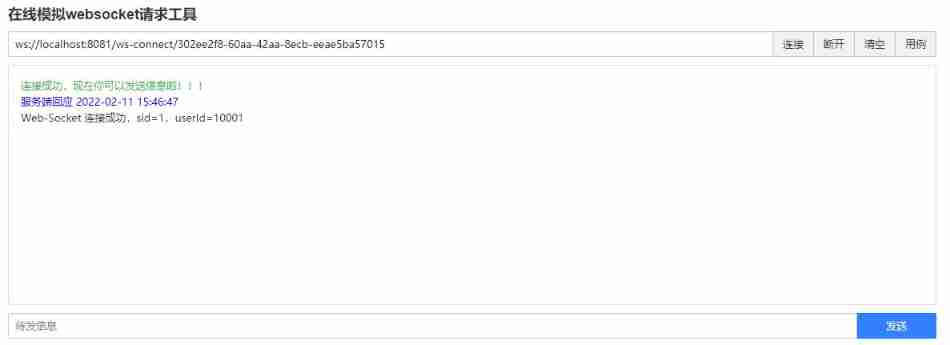
Using SA token to solve websocket handshake authentication

UE4 - how to make a simple TPS role (I) - create a basic role
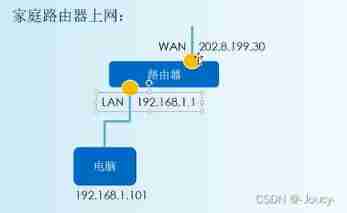
Virtual machine network, networking settings, interconnection with host computer, network configuration
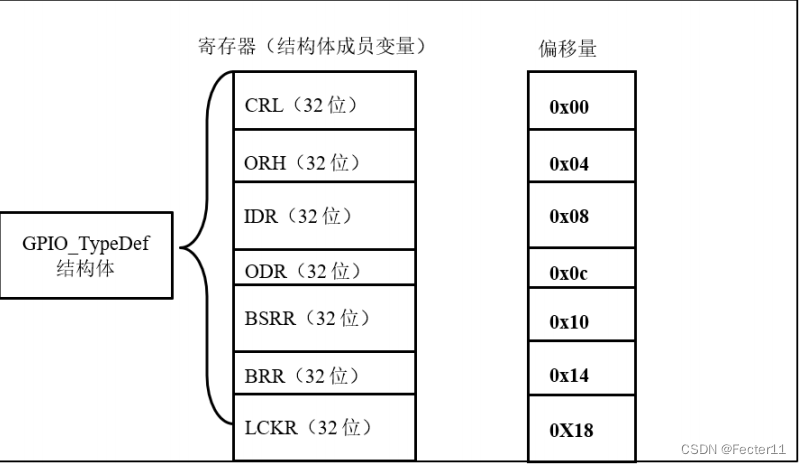
Zero foundation self-study STM32 - Review 2 - encapsulating GPIO registers with structures
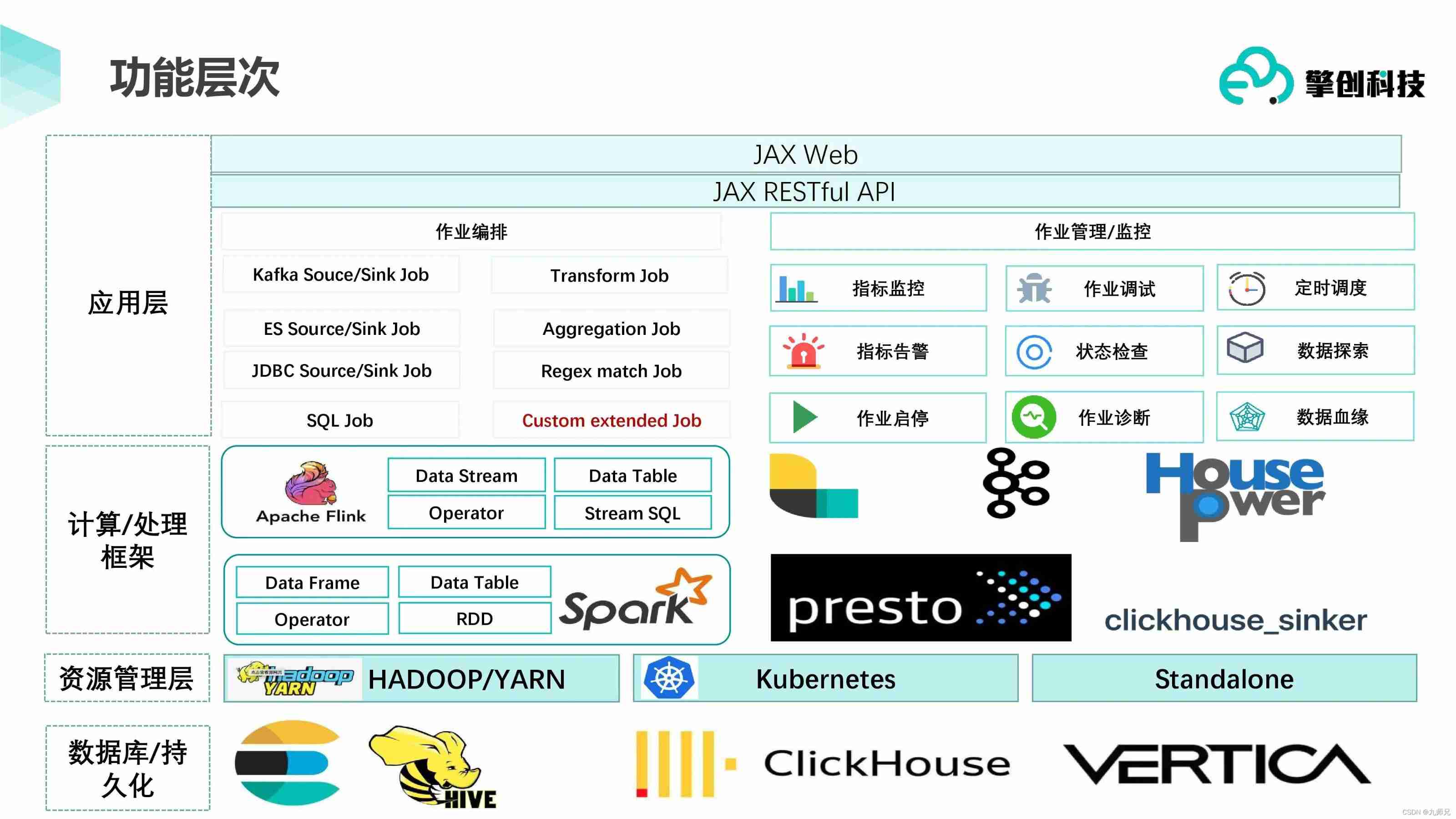
【clickhouse】ClickHouse Practice in EOI
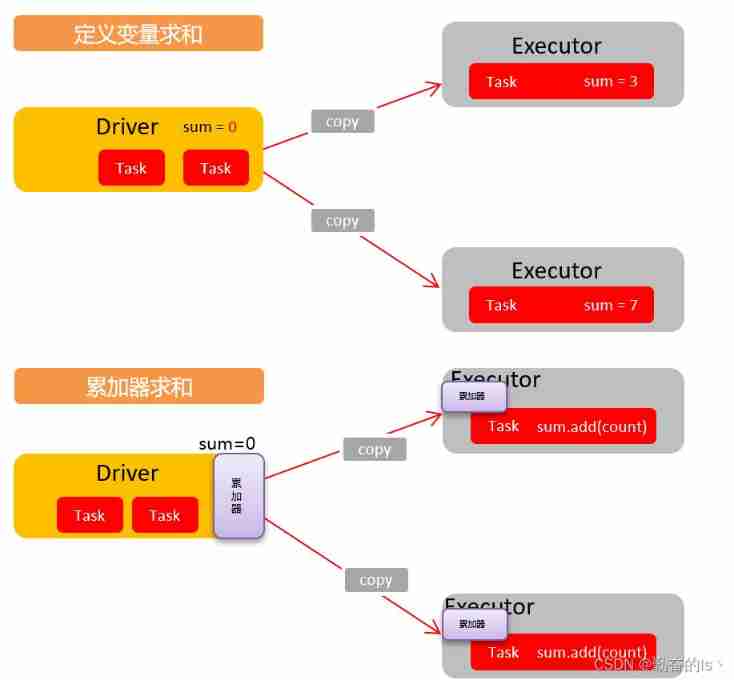
Spark accumulator
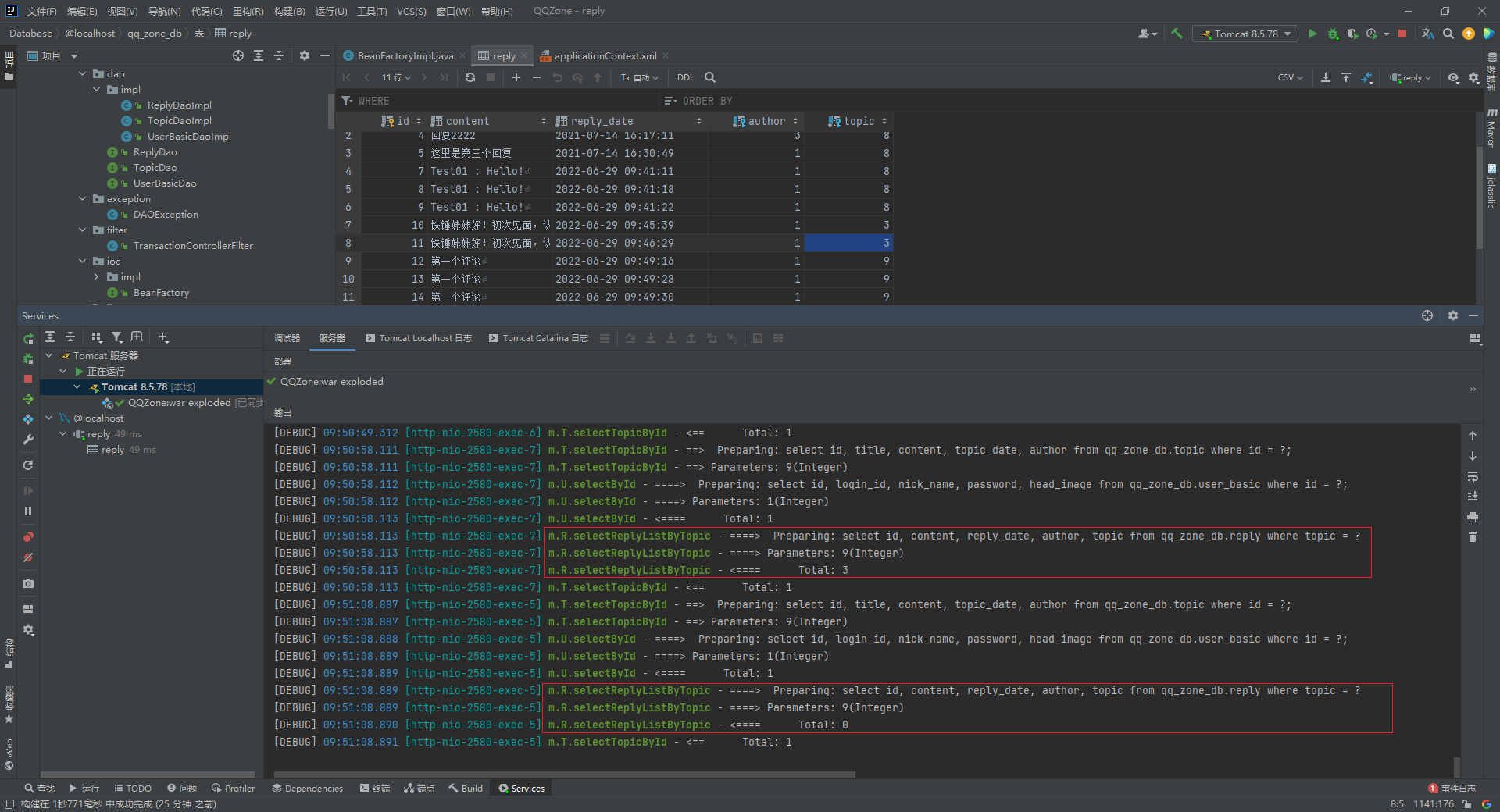
Executing two identical SQL statements in the same sqlsession will result in different total numbers
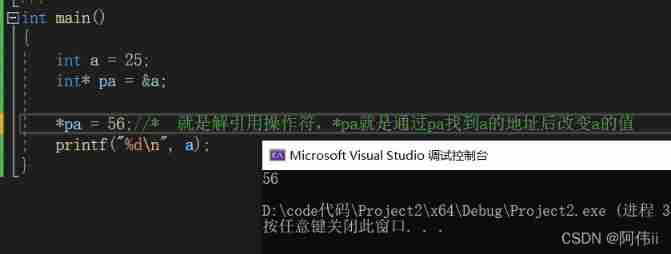
Initial understanding of pointer variables

Black high-end responsive website dream weaving template (adaptive mobile terminal)
随机推荐
从顶会论文看2022年推荐系统序列建模的趋势
Lecture 4 of Data Engineering Series: sample engineering of data centric AI
Jisuanke - t2063_ Missile interception
Dachang image library
继承的构造函数
Adapter-a technology of adaptive pre training continuous learning
Exness: Mercedes Benz's profits exceed expectations, and it is predicted that there will be a supply chain shortage in 2022
零基础自学STM32-野火——GPIO复习篇——使用绝对地址操作GPIO
零基础自学STM32-复习篇2——使用结构体封装GPIO寄存器
更改对象属性的方法
inherited constructors
[community personas] exclusive interview with Ma Longwei: the wheel is not easy to use, so make it yourself!
Looking at the trend of sequence modeling of recommended systems in 2022 from the top paper
[solution] add multiple directories in different parts of the same word document
大厂镜像库
Number conclusion LC skimming review - 1
PHP campus movie website system for computer graduation design
729. My schedule I / offer II 106 Bipartite graph
[coppeliasim] 6-DOF path planning
Grabbing and sorting out external articles -- status bar [4]